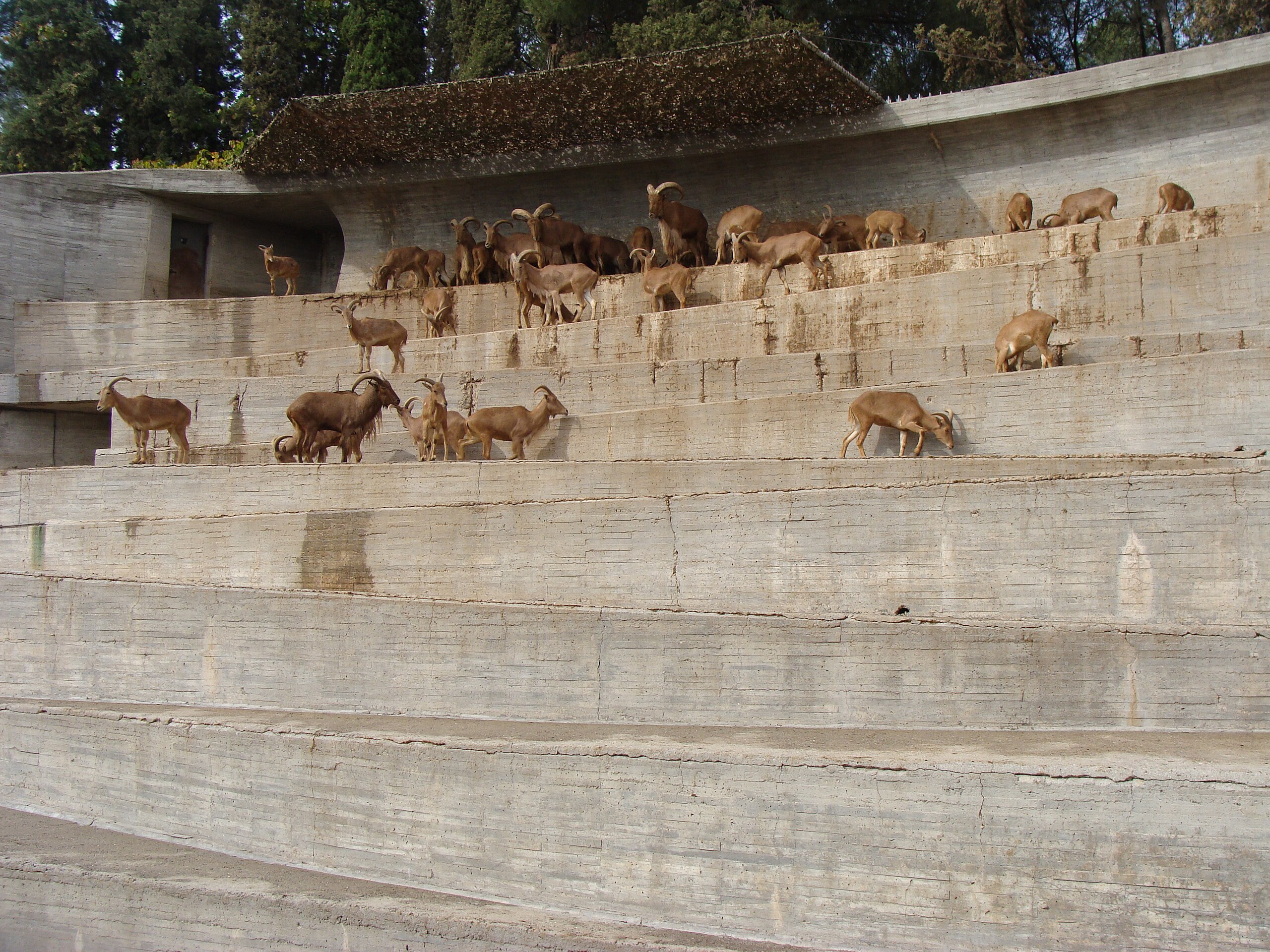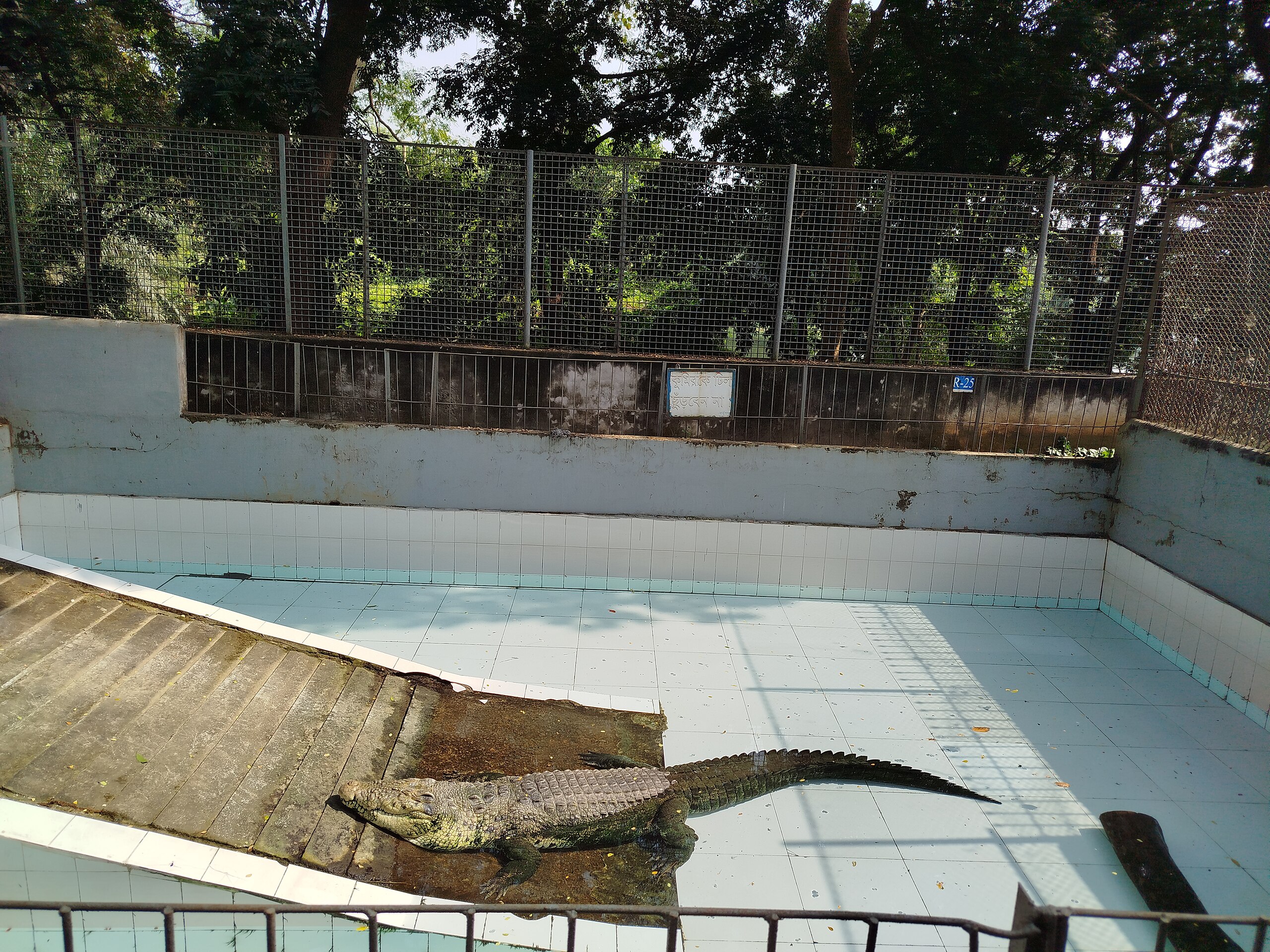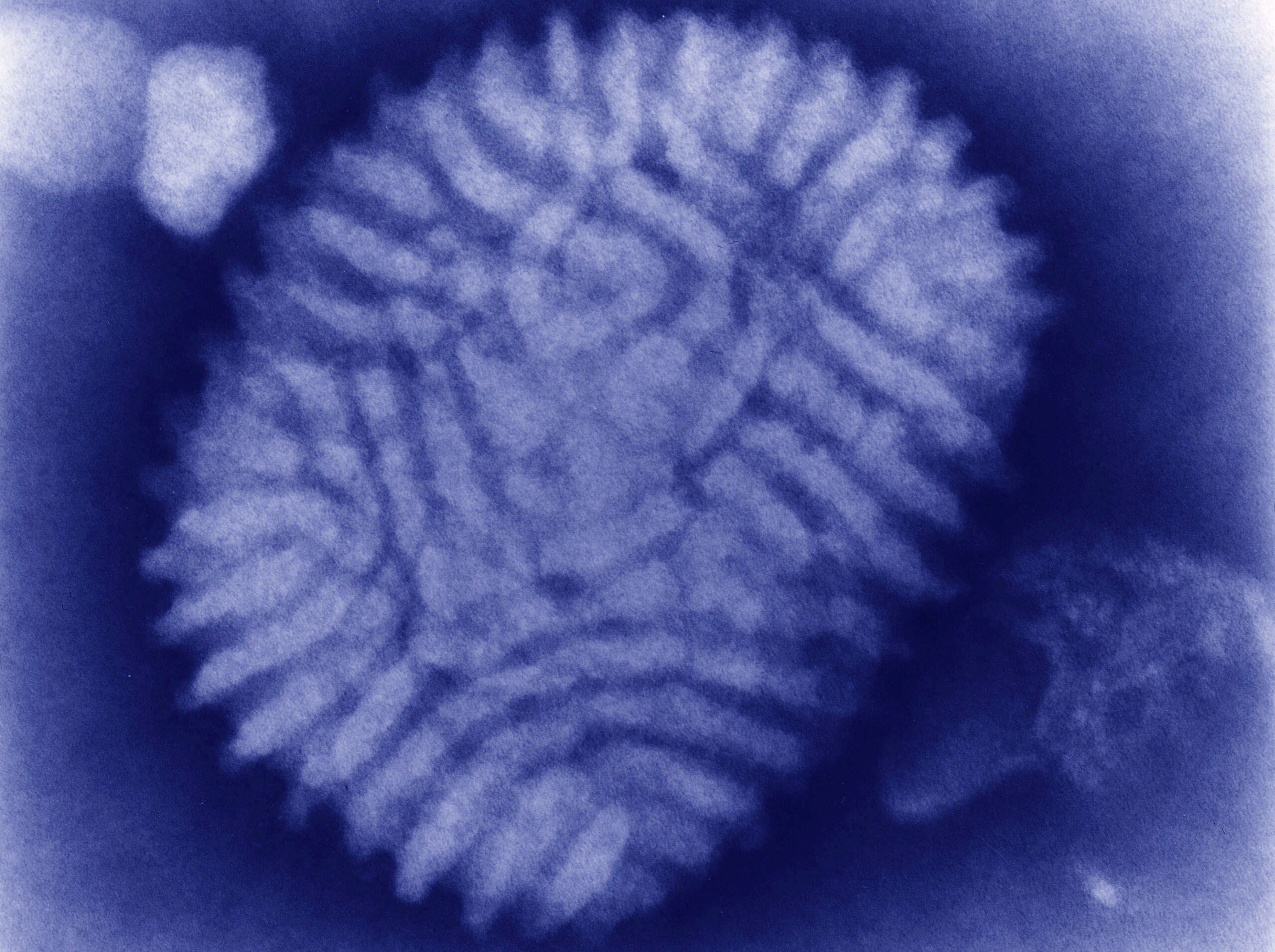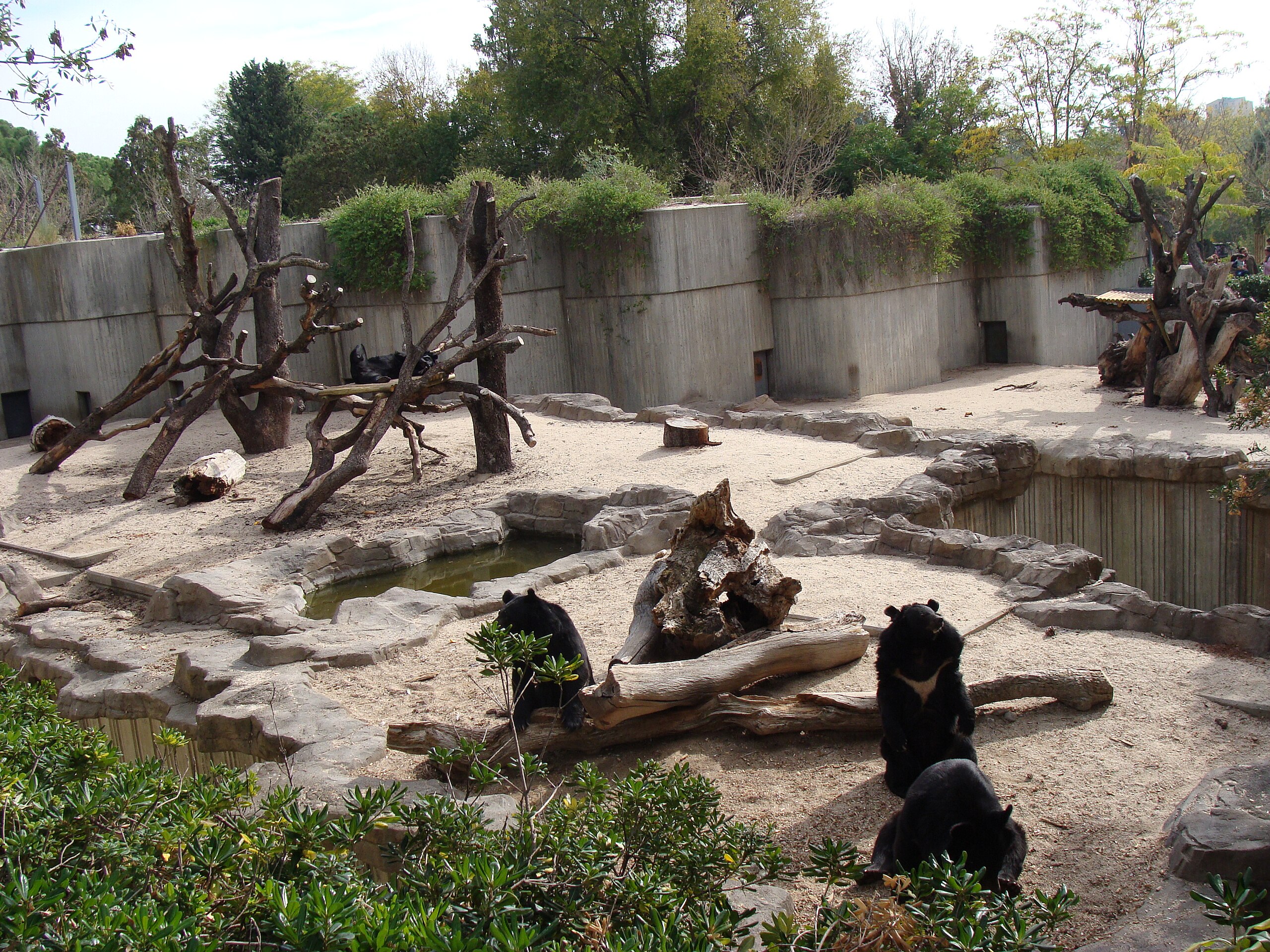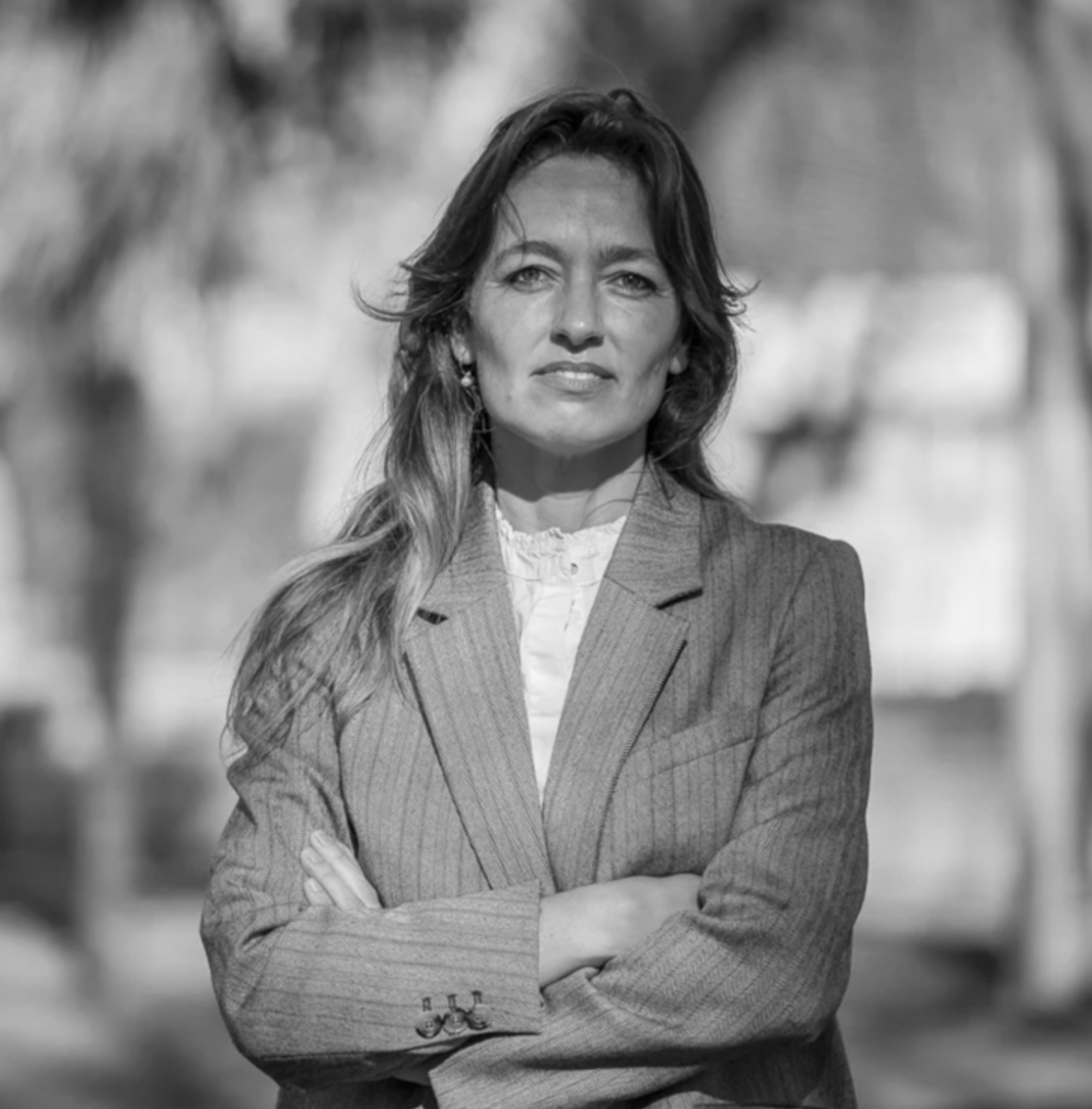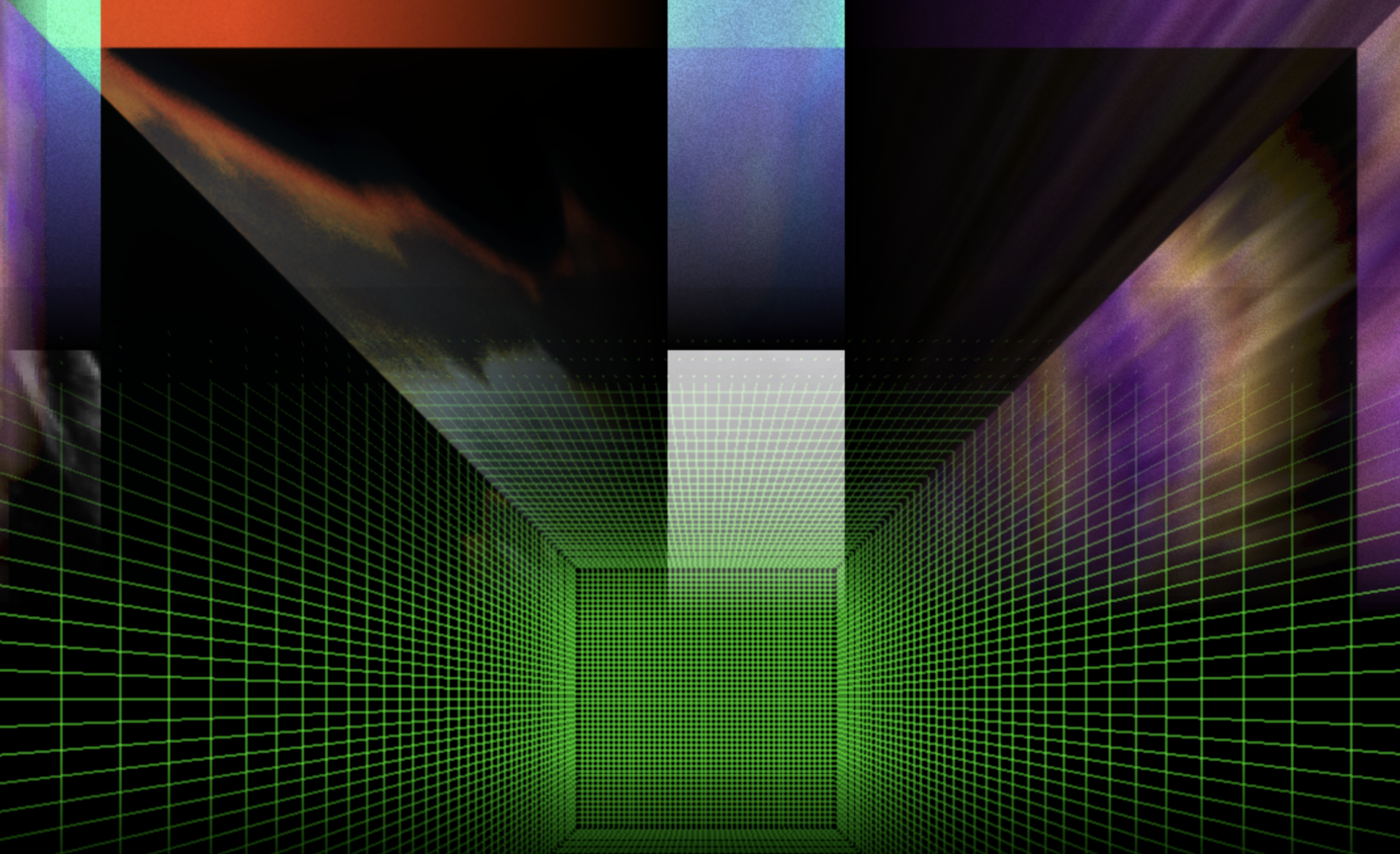For, Against, After, Towards—Architecture Beyond the Human
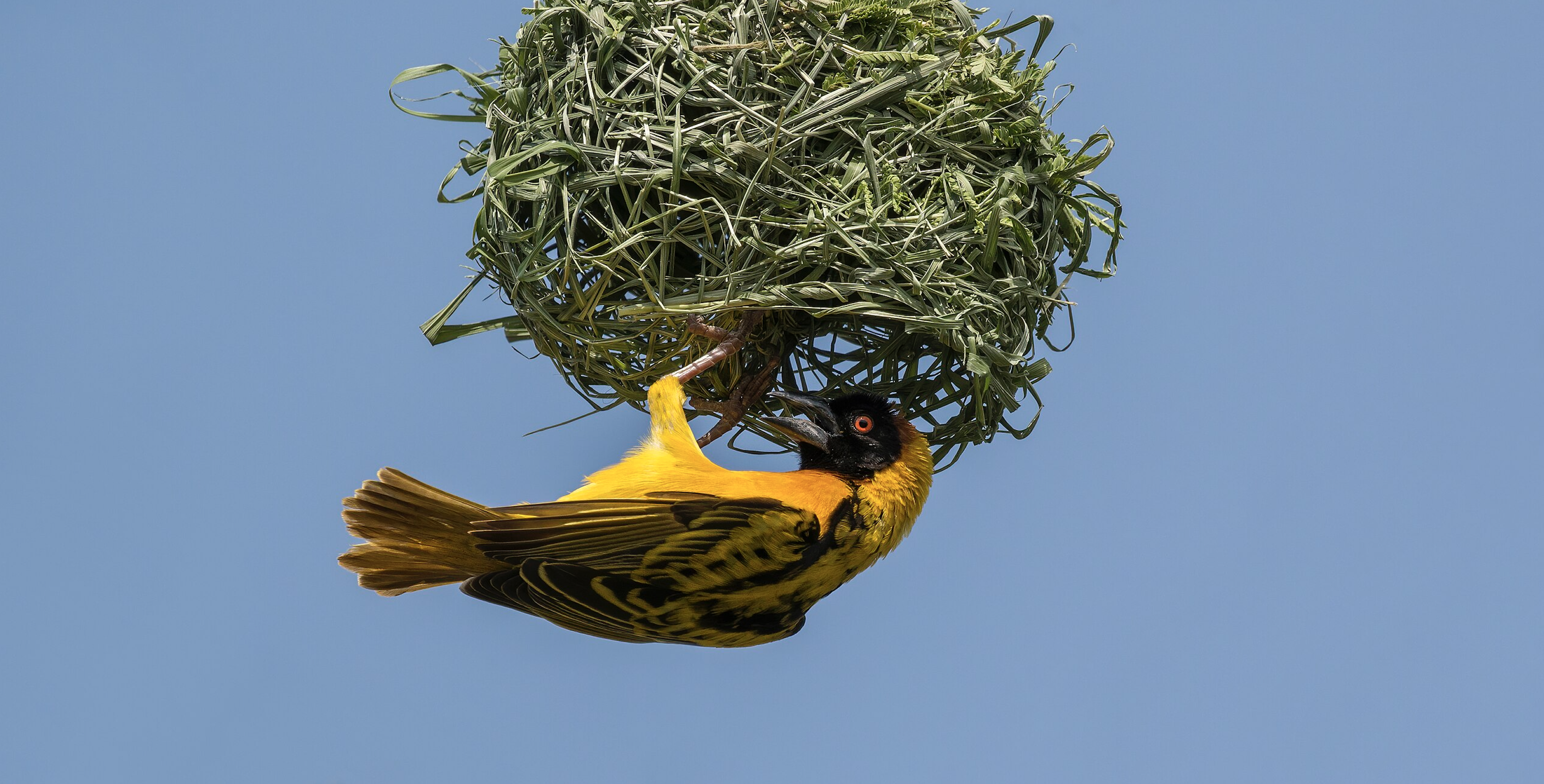
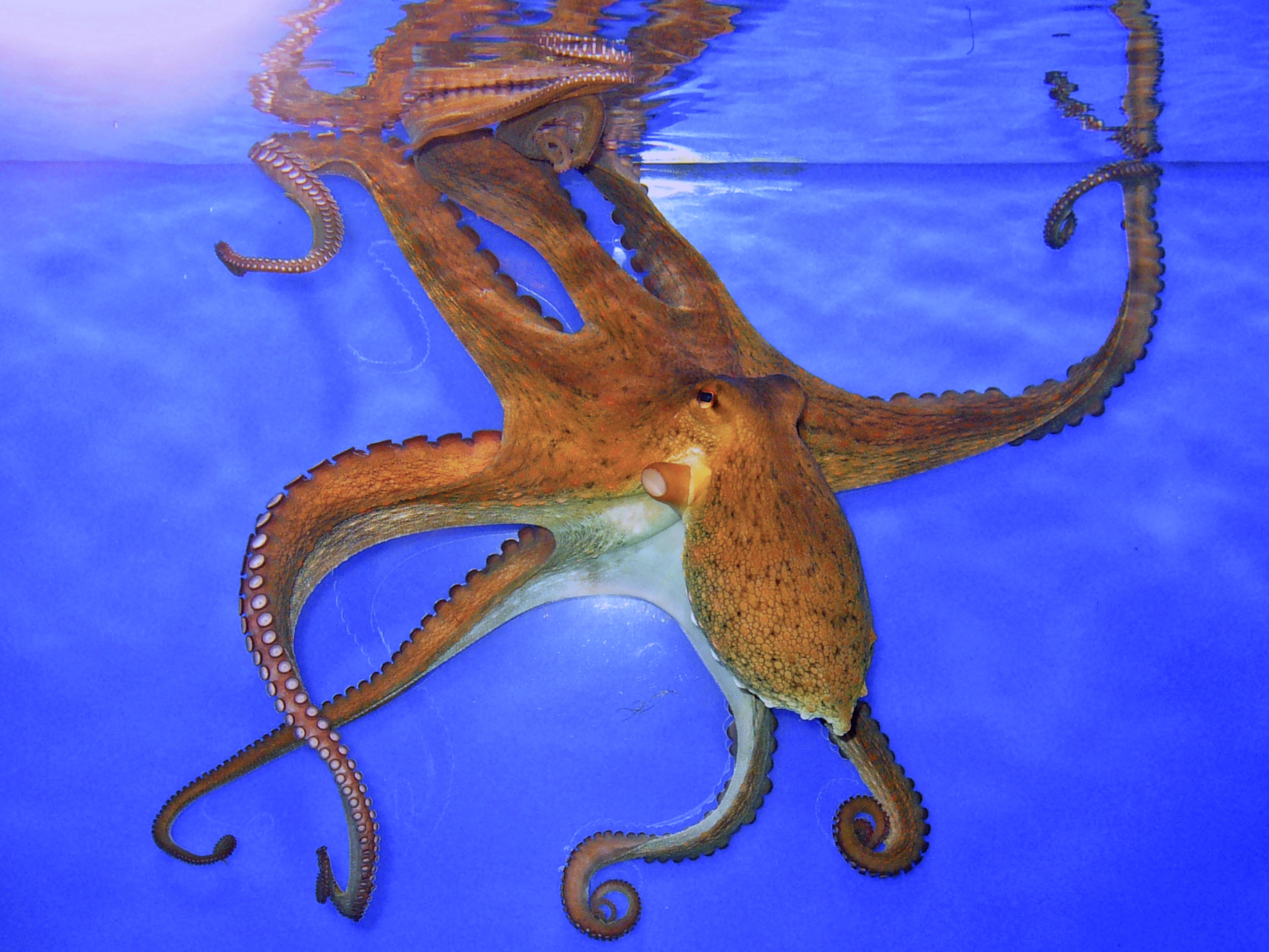
GENERAL INFO
- LED BY
-
Filipa Ramos
- DATES
-
Tuesdays, from November 4th to December 2nd, 2025
- TIME
-
6:00 – 8:00 PM (CEST)
- FORMAT
-
4 online sessions via Zoom
- LANGUAGE
-
English
- FULL TUITION
-
€ 250
- DISCOUNT
-
20% for students & IPS alumni
ABOUT
For, Against, After, Towards—Architecture Beyond the Human is a four-week course dedicated to mapping, analysing, critiquing and imagining human and nonhuman spaces and design traditions. Intersecting animal, vegetal and fungal cultures with more-than-animal traditions and conceiving design from a non-anthropocentric perspective, the course looks at architecture from a holistic perspective, as an interspecies practice that is shaped through collaborations, frictions and fictions. Revising notions of authorship, novelty and agency to instead understand materiality and organisation as ongoing processes of tuning in, the course is dedicated to highlighting the inclusive and collective but also violent and oppressive nature of architecture.
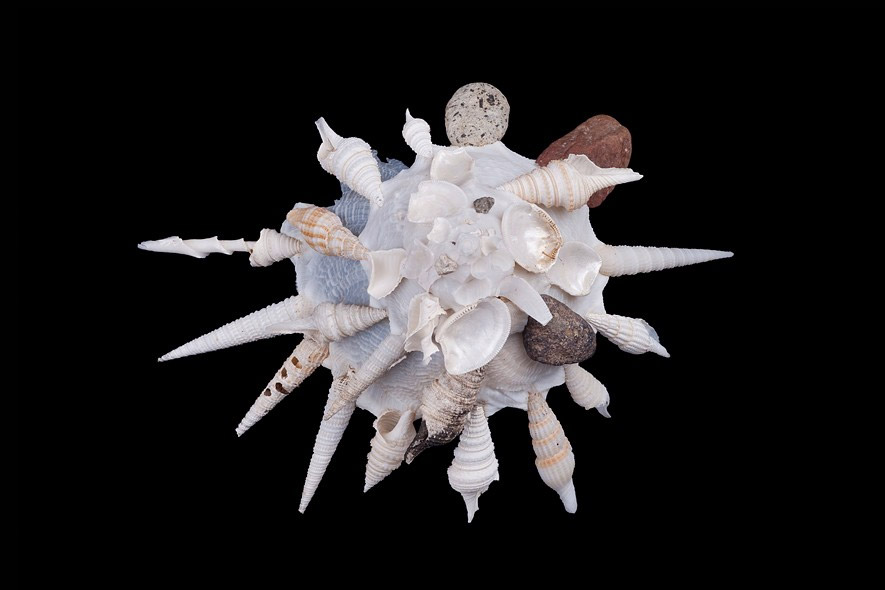
Animal Architecture: Photo Series by Ingo Arndt
FOR, AGAINST, AFTER, TOWARDS
For, Against, After, Towards departs from many questions: in what ways are human construction traditions inspired by, made for, occupied and also challenged by nonhumans? What relationships emerge from spaces conceived to host, exhibit, detain, preserve, detract and support animal, vegetal and fungal life? How has design evolved from nonhuman creations to focus on anthropocentric and anthropomorphic purposes? What are the movements and gestures that shape architecture’s engagement with the nonhuman world?
During the four weeks that structure this course, we will investigate and discuss construction traditions, techniques and materials; relationships of power and dominance; the identity spaces of labour, entertainment, science and education; and the efforts made towards more humane building proposals. The aim is to draft a wider, interspecies conception of architecture, considering the many ways in which it departs from and also impacts the life of nonhumans. The course will analyse past and present-day case-studies, discussing the ideas and proposals of diverse authors and bringing together considerations from design, arquitecture, exhibition studies, contemporary art, anthropology and bioaccoustics.
SESSIONS
Each session is named after a specific movement—For, Against, After and Towards—which characterises the kind of direction and spatial operations will be introduced and studied.
Session I
04 / 11 / 2025
For considers building traditions that have been conceived to host, detain, exhibit, study and also kill animals. The term for reveals the ambiguity of care and oppression, intentionality and attention in its spatial manifestations by proposing that something made for isn’t necessarily an expression of preservation and regard but also the manifestation of strategies of extraction and optimisation that transform bodies into resources.
If these spaces were entirely conceived to accommodate and manage animal bodies, they are first and foremost, from an non-anthropocentric perspective, places of authority and torture. Here, the conditions that allow these spaces to control and order, to dominate and surveil are investigated and discussed. The displays of zoological gardens, the vitrines and cages of labs and the corridors of slaughterhouses are some of the architectures designed for animals that will be debated.
Session II
11 / 11 / 2025
Against is a tribute to Flaco, the large eagle-owl who escaped his prison at New York’s Central Park Zoo and lived freely for one year in the park until he collided with a high-rise glass building in Manhattan, which caused his death. It is also a tribute to the billions of insects and birds who every year die by architecture, flying against surfaces that they cannot see or understand. Against investigates the ways in which human design ignores nonhuman life—how night lights disrupt the migratory patterns of many animals, how ultra-transparent glasses are a major cause of death for flying cratures, how gates and walls interrupt essential circulation corridors—to imagine alternative, more caring materialities and design conceptions.
Session III
25 / 11 / 2025
After observes how humans organise spaces, make dwellings and devise construction techniques by looking at animals. Rather than supporting the theory that humans became more-than-animals by distinguishing and separating themselves from nature, After proposes that humanity came into being by observing, parroting and mymicking the sophisticated construction techniques of other beings. The engineering complexities of nests, webs, dams and burrows of different animals, as well as the instrumentalisation of empathy, turned into a radical form of spionage, are discussed here to introduce different references and skills that inspired people to conceive and build human spaces.
Session IV
2 / 12 / 2025
Towards imagines a future of more-than-human architecture that achieves a more harmonious, consistent and consideate way of conceiving, making and occupying space. Proposing that the future of architecture is multi-species and celebrating forms of coexistence and neighbourhood that make space for different life forms, but also calling for a certain degree of tolerance and acceptability, this session observes some of the most recent attempts to de-anthropomorphise architecture and building traditions. Thinking techniques, spaces, materials and placements, and looking at successful case-studies and experiments, the session will envisage a holistic architecture that stays with the animals to picture the future ahead.
FACULTY
-
FILIPA RAMOS

The course is led by Lisbon-born, Paris-based writer and curator Filipa Ramos, whose curatorial and writing work bridges art and ecology, fostersing the establishment of caring, sustainable and inventive art initiatives for people and the natural world alike. Moving away from anthropocentric approaches in the arts and humanities, Ramos’ research research bridges art history, eco-activism and film studies. She is interested in the ways in which time-based technologies (film, video, sound, dance, performance) build relationships between humans and other animals while. She is Lecturer at the Institute Art Gender Nature at the Basel Academy of Art and Design FHNW and Artistic Director of Loop Festival, Barcelona. Ramos was curator of the Art Basel Film sector (2020-24) and a founding curator of the online artists’ cinema Vdrome (since 2013). Recent projects include BESTIARI, the Catalan representation at the 60th Venice Biennale (2024) and the arts, humanities and science festival The Shape of a Circle in the Mind of a Fish (since 2018, with Lucia Pietroiusti). In 2024, she curated Songs for the Changing Seasons for the 1. Klima Biennale Wien and in 2022, Persons Personen, the 8th Biennale Gherdëina (both with Lucia Pietroiusti). In 2021, she co-curated Bodies of Water, the 13th Shanghai Biennale. Her upcoming book, The Artist as Ecologist, will be published by Lund Humphries in October 2025. It pursues her key investigation of art’s engagement with the environmental humanities.
